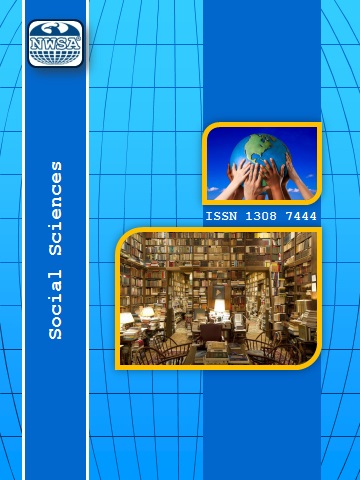INVESTIGATION OF THE RELATIONSHIPS BETWEEN TOURIST ATTRACTIONS AND TOURIST FLOW BASED ON SPATIAL DEPENDENCY
Deniz KARAGÖZ1
,
Yeliz MERT KANTAR2
,
Semra GÜNAY AKTAŞ3
,
Hakan SEZEREL4
This study constitutes a novel approach for examining the tourist attractions and tourist flows. Secondary data for 39 districts in total, which are visited by domestic and foreign tourists in the Bursa, Eskişehir and Bilecik (BEBKA) region in Turkey, have been used in this study. Within this context, tourism materials available as printed or online for these 39 districts have been used to identify the tourist overnight stay data and the attractions. Content analysis, mapping analysis, global and local Morans I autocorrelation measures, classical regression and spatial error models have been used in the research. When we examined the relationships between tourist attractions and tourist flows, our analyses showed that the spatial error model offered us the best results than classical regression for modelling the flows of foreign tourists. A significant relationship has been determined between the flows of domestic and foreign tourists and cultural attractions, as a result of spatial error analysis. Furthermore, a significant relationship has also been identified between the foreign tourist flow and historical attractions. The study contributes in the development of the spatial error model for examining the relationships between attractions and tourist flows. Also, this study provides deeper insight into the relationships between tourist flow and tourist attractions. The destination management implications derived from the study are also discussed.
Keywords
Tourist Flow,
Tourist Attraction,
Spatial Autocorrelation,
Spatial Dependency,
Spatial Error Model,
 +90(535) 849 84 68
+90(535) 849 84 68 nwsa.akademi@hotmail.com
nwsa.akademi@hotmail.com Fırat Akademi Samsun-Türkiye
Fırat Akademi Samsun-Türkiye
